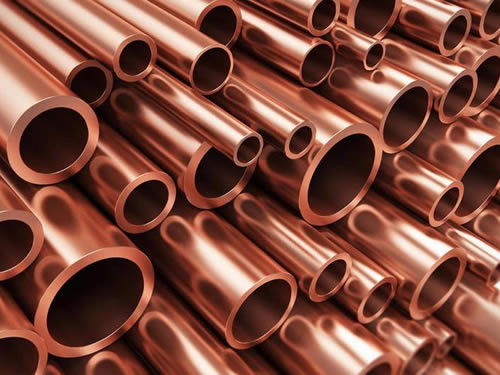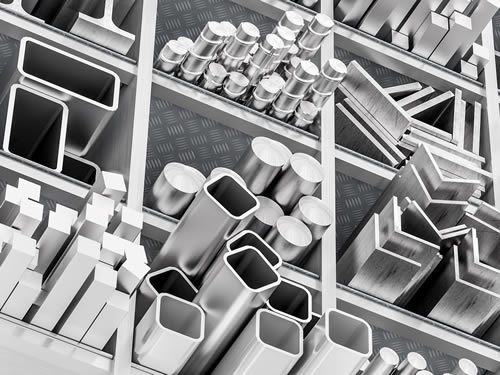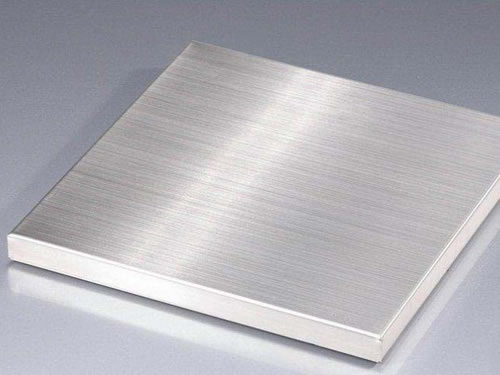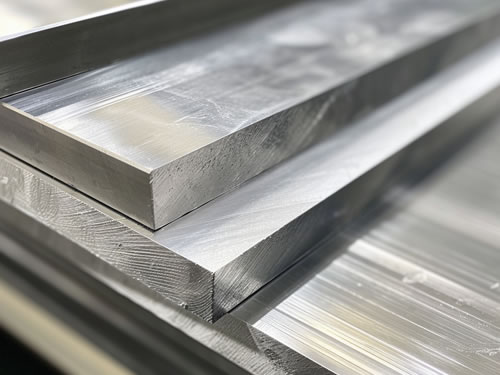
1. 304 stainless steel. It is one of the most widely used and widely used austenitic stainless steels, suitable for manufacturing deep drawing formed components, acid pipelines, containers, structural components, various instrument bodies, etc. It can also be used to manufacture non magnetic and low-temperature equipment and components.
2. 304L stainless steel. In order to solve the serious intergranular corrosion tendency of 304 stainless steel caused by the precipitation of Cr23C6 under certain conditions, the ultra-low carbon austenitic stainless steel developed has significantly better resistance to intergranular corrosion in the sensitized state than 304 stainless steel. Except for slightly lower strength, other properties are the same as 321 stainless steel, mainly used for corrosion-resistant equipment and components that require welding but cannot undergo solution treatment. It can be used to manufacture various instrument bodies, etc.
3. 304H stainless steel. The internal branch of 304 stainless steel has a carbon mass fraction of 0.04%~0.10%, and its high-temperature performance is superior to that of 304 stainless steel.
4. 316 stainless steel. Adding molybdenum to the foundation of 10Cr18Ni12 steel gives the steel good resistance to reducing media and spot corrosion. In seawater and various other media, the corrosion resistance is better than 304 stainless steel, mainly used for pitting corrosion resistant materials.
5. 316L stainless steel. Ultra low carbon steel has excellent resistance to intergranular corrosion in the sensitized state, and is suitable for manufacturing welding components and equipment with thick cross-sectional dimensions, such as corrosion-resistant materials in petrochemical equipment.
6. 316H stainless steel. The internal branch of 316 stainless steel has a carbon mass fraction between 0.04% and 0.10%, and its high-temperature performance is superior to that of 316 stainless steel.
7. 317 stainless steel. The resistance to pitting corrosion and creep is superior to 316L stainless steel, used for manufacturing equipment that is resistant to petrochemical and organic acid corrosion.
8. 321 stainless steel. Titanium stabilized austenitic stainless steel, with the addition of titanium to improve intergranular corrosion resistance and excellent high-temperature mechanical properties, can be replaced by ultra-low carbon austenitic stainless steel. Except for special occasions such as high temperature or hydrogen corrosion resistance, it is generally not recommended to use.
9. 347 stainless steel. Austenitic stainless steel stabilized with niobium improves its intergranular corrosion resistance by adding niobium. Its corrosion resistance in corrosive media such as acid, alkali, and salt is the same as that of 321 stainless steel, and its welding performance is good. It can be used as both a corrosion-resistant material and a heat-resistant steel. It is mainly used in the fields of thermal power and petrochemicals, such as making containers, pipelines, heat exchangers, shafts, furnace tubes in industrial furnaces, and furnace tube thermometers.
10. 904L stainless steel. Super complete austenitic stainless steel is a type of super austenitic stainless steel invented by OUTOKUMPU company in Finland. Its nickel mass fraction is 24%~26%, and carbon mass fraction is less than 0.02%. It has excellent corrosion resistance and good corrosion resistance in non oxidizing acids such as sulfuric acid, acetic acid, formic acid, and phosphoric acid, as well as good resistance to crevice corrosion and stress corrosion. Suitable for various concentrations of sulfuric acid below 70 ℃, it has good corrosion resistance under atmospheric pressure to any concentration and temperature of acetic acid and a mixture of formic acid and acetic acid. The original standard ASMESB-625 classified it as nickel based alloy, while the new standard classified it as stainless steel. China only has similar grades of 015Cr19Ni26Mo5Cu2 steel, and a few European instrument manufacturers use 904L stainless steel as their key material. For example, the measuring tube of the E+H mass flow meter uses 904L stainless steel, and the case of the Rolex watch also uses 904L stainless steel.
11. 440C stainless steel. Martensitic stainless steel has the highest hardness among hardenable stainless steel and stainless steel, with a hardness of HRC57. Mainly used for making nozzles, bearings, valve cores, valve seats, sleeves, valve stems, etc.
12. 17-4PH stainless steel. Martensitic precipitation hardening stainless steel, with a hardness of HRC44, has high strength, hardness, and corrosion resistance, and cannot be used at temperatures above 300 ℃. It has good corrosion resistance to the atmosphere and diluted acids or salts, and its corrosion resistance is the same as 304 stainless steel and 430 stainless steel. It is used for manufacturing offshore platforms, turbine blades, valve cores, valve seats, sleeves, valve stems, etc.
13. The 300 series - chromium nickel austenitic stainless steel 301- has good ductility and is used for forming products. It can also be quickly hardened through mechanical processing, with good weldability. The wear resistance and fatigue strength are better than 304 stainless steel. 301 stainless steel exhibits obvious work hardening phenomenon during deformation and is used in various occasions that require high strength.
302- Essentially, it is a variant of 304 stainless steel with higher carbon content, which can achieve higher strength through cold rolling.
302B - is a type of stainless steel with high silicon content, which has high resistance to high-temperature oxidation.
303 and 303Se - are free cutting stainless steels containing sulfur and selenium, respectively, used in applications that primarily require easy cutting and high surface gloss. 303Se stainless steel is also used for making parts that require hot heading, as it has good hot workability under such conditions.
304N - is a type of stainless steel containing nitrogen, which is added to improve the strength of the steel.
305 and 384- Stainless steel contains high nickel content and has a low work hardening rate, making it suitable for various occasions with high requirements for cold formability.
308- Used for making welding rods.
The nickel and chromium contents of 309, 310, 314, and 330 stainless steels are relatively high in order to improve the oxidation resistance and creep strength of the steel at high temperatures. 30S5 and 310S are variants of 309 and 310 stainless steel, with the only difference being their lower carbon content, in order to minimize the precipitation of carbides near the weld seam. 330 stainless steel has particularly high resistance to carburization and thermal shock.

 Stainless Steel Coil/Strip
Stainless Steel Coil/Strip Stainless Steel Pipe/Tube
Stainless Steel Pipe/Tube Stainless Steel Plate/Sheet
Stainless Steel Plate/Sheet Stainless Steel Bar
Stainless Steel Bar 304 304L Stainless Steel Plate/Sheet
304 304L Stainless Steel Plate/Sheet 201 Stainless Steel Plate/Sheet
201 Stainless Steel Plate/Sheet



